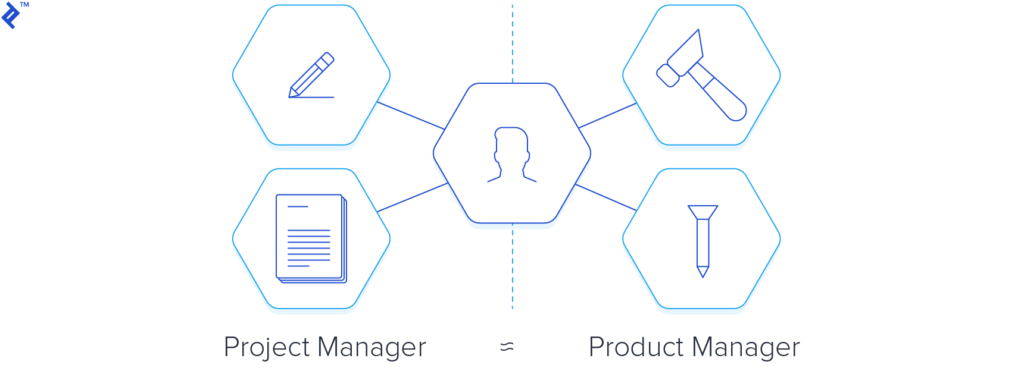
From Project Management to Product Management
Project managers and product managers can often work closely together on some similar initiatives, but in most cases they have a separate said of tasks and responsibilities.
In this article we will explore the key differences between the two roles and explore avenues of working better together to achieve success synergy and thus a better, more rewarding end result.
So, firstly what is a Project Manager?
A project manager’s core responsibility is to break down strategic plans into results-oriented, target focused courses of action. These processes are made up of (but not limited to) systematic co-ordination, delegation, and must bear a highs standard of leadership qualities, as it is often required for a project manager to navigate independencies, team dynamics as well as stand-alone challenges which may arise – all within an allocated time-frame.
And what best describes a Product Manager?
Well, a book called ‘Inspired’ written by author Marty Cagan, brilliantly summarises the job of a product manager to “discover a product that is valuable usable and feasible”. In more depth, it is the Product Managers core objective to have a vision, then communicate that vision throughout the organization to create a product which will enable a solid ROI (Return On Investment). If successful with approvals, the product manager will develop a strategic action plan (IE a product roadmap) to help the organization bring the proposed product to reality.
If we take a look at the core functions of each role side by side we can start drawing comparisons:
| Project Manager’s Functions | Product Manager’s Functions |
| Creating tasks from large initiatives | Conducting thorough research |
| Planning project timelines | Setting product vision |
| Allocating project resources | Communication vision to key stakeholders |
| Tracking and monitoring task completion | Developing strategic plan |
| Communicating progress to stakeholders | Creating and maintaining product roadmap |
| Ensuring project completion in set timeframe | Overseeing and driving development |
Although it may seem that these two roles are at different ends of the scale, there is some key areas of overlap between project and product management.
On occasion a product manager may have to dig into the tactical task-based details of a product’s development, work that would only otherwise by conducted by a project manager and in some cases the two may share some of the task management responsibilities.
In another scenario, when required a project manager may shift from their primarily tactical role to a more strategic line of duty. Most skills required for project management can be seen as transferable over into a wider analytical scope often seen by product managers. For example, a project manager with a strong background in troubleshooting is quite likely to be a skilled problem solver, and to channel this inner ability would be to take on the role of a product manager.
The two roles also require the core key skills of being good at communication, organization, and product evangelism, all which serve successful in both project & product management.
To conclude, the real life tasks are seen to overlap although the definitions seem world’s apart. The two roles inevitably bleed into one another, in which the extent as discussed above is largely dependent on the specific organization and task(s) at hand. Ultimately the end goal is the same – to enable a successful product.
